The Impact of Virtual Reality on the Future of Movie Experience
With the proliferation and increasing popularity of virtual reality (VR) technology, we are witnessing a technological revolution across various industries. One such industry where VR technology has left a significant mark is the movie industry, redefining the way we perceive and experience movies.
Redefining the Traditional Movie-Going Experience with VR
The traditional model of cinema has predominantly been a passive experience with minimal interaction. However, virtual reality technology is disrupting this dynamic by incorporating an immersive experience, enabling viewers to not just watch, but live the movie. Virtual reality has made space for an immersive, 360-degree view where viewers are not confined to the seat but freely explore the virtual environment. The potential of VR in transforming movie experiences is limitless and we are on the verge of seeing some ground-breaking evolutions.
The Past, Present, and Future of VR in Cinema
In the past, VR had attempted to infiltrate the movie industry but due to technological limitations, it could not deliver to expectations. Experiences were often uncomfortable and motions sickness-inducing. However, with continuous technological advancements, we have seen tremendous improvements in visual effect quality and decreasing prices, enhancing user experiences and making VR more accessible.
Today, directors and movie studios are experimenting with VR to create interactive cinema, although VR film-making is still in its infancy. In the future, with further improvements in VR technology - including graphics, motion sensor capabilities, and user interaction - we might witness completely immersive films where viewers could interact with characters, influence the story, or even explore parallel story lines.
Benefits and Drawbacks of VR in Cinema
One of the major benefits of VR to movie producers and creators is its ability to create immersive narratives that give them a new way to showcase their creative vision. Moreover, VR enables audiences to experience these narratives in a unique, personalized manner.
However, other concerns include accessibility and the expensive nature of high-quality VR headsets. Moreover, the experience of VR is solitary by nature and may fragment the shared experience, which is an integral part of traditional cinema.
The Underlying Technology and its Future Developments
The vital components that constitute a VR device are motion sensors, lens, and a display. These components are coupled with powerful software that renders the virtual environment. As the technology continues to evolve, refinement in VR devices and improvement in motion sensors will significantly enhance the movie-viewing experience. Adding to this, the advent of AI in VR technology could potentially redefine cinematography, adding elements like real-time decision making and experience personalization.
Advancements in VR technology will not only reshape the movie industry but also open up new avenues for more immersive storytelling. While the journey is not devoid of challenges, the future appears incredibly promising, with the potential to redefine the cinematic world as we know it.
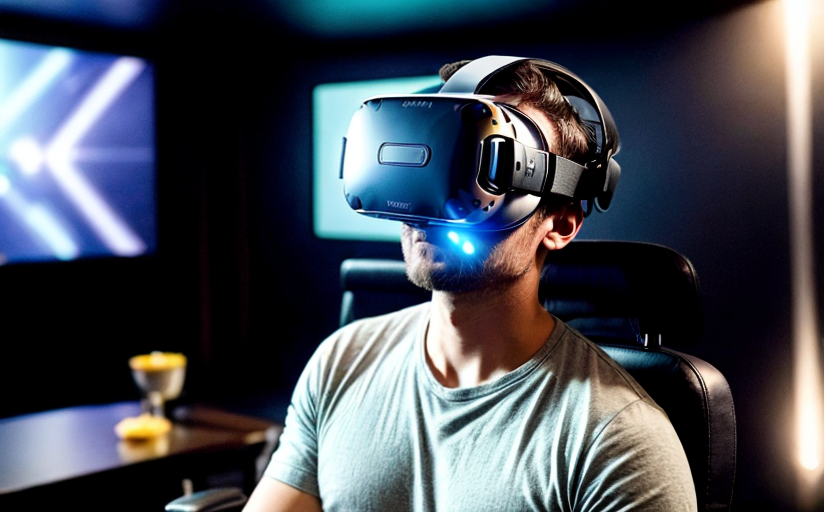
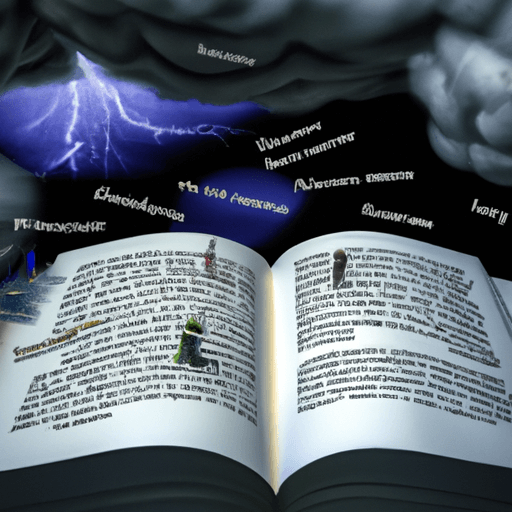


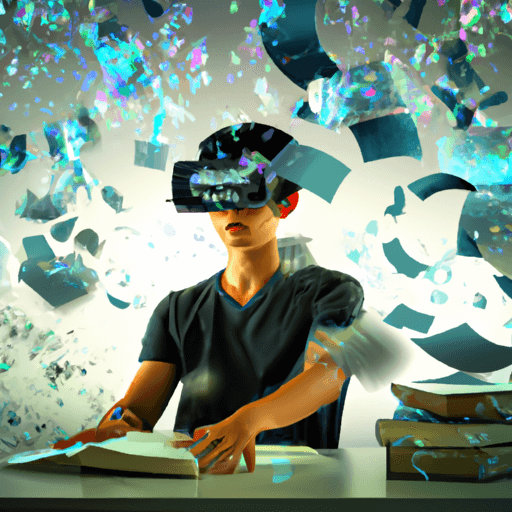
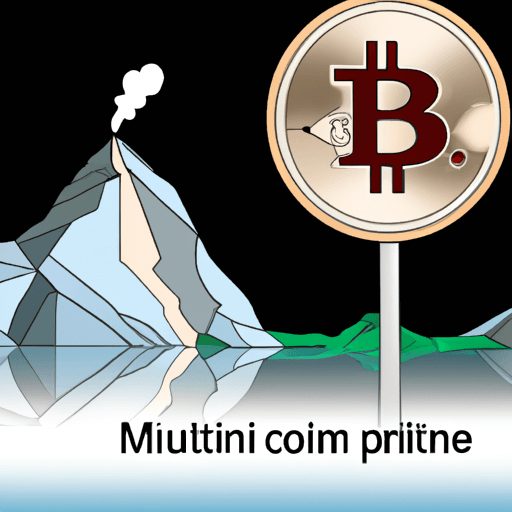




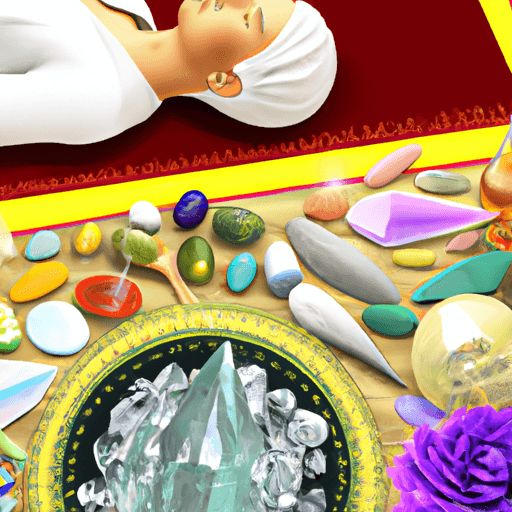





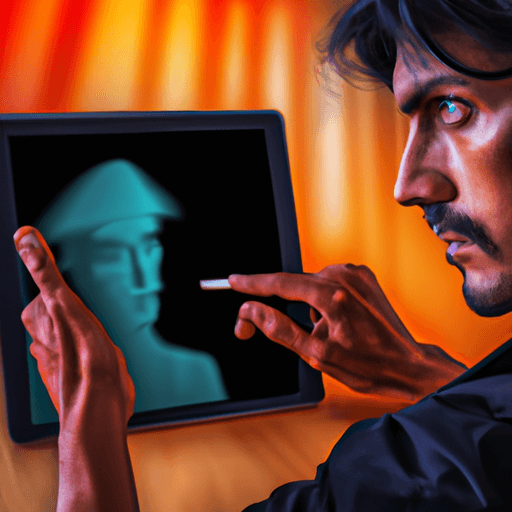
Comments
Leave a Comment